Pierre Plantard, Philippe de Chérisey
and
Hexagonal France
25 April 2017
Updated 26 May 2017
Paul Smith
When Pierre Plantard and Philippe de Chérisey referred to the meridian and hexagonal France it wasn't anything new.
The hexagonal shape of France was referred to in a sober and non-esoteric manner long before either Pierre Plantard or Philippe de Chérisey were born – they merely added quasi-esoteric mystifications to what was already a long-established political geographic concept.
Paul Murdin referred to the hexagonal shape of France and the Meridian on page 3 of his book Full Meridian of Glory: Perilous Adventures In The Competition To Measure The Earth (Copernicus Books, 2009)
“La France à la forme d’un hexagone, légèrement oblong dans le sens du méridien. Elle est, dans ses grandes lignes, symétrique, proportionnée et régulière” (Pierre Foncin, La Patrie française, Paris: A. Colin et cie, 1894)
France became associated with the hexagon (l'Hexagone) following the Franco-German War of 1870 which saw the loss of Alsace-Lorraine (Laurence Turetti, Quand la France pleurait l'Alsace-Lorraine: Les “provinces perdues” aux sources du patriotisme républicain, 1870-1914, Strasbourg: La Nuée bleue, 2008); and was also designated a hexagon by school teachers of the Third French Republic (hussards noirs).
From Catherine Tatiana Dunlop, Cartophilia: Maps and The Search For Identity In The French-German Borderland (The University of Chicago Press, 2015): “Émile Levasseur’s Petit Atlas de la France, published in the 1870s, was the first to superimpose a hexagonal outline on the relief map of France, and the practice became commonplace in French classroom geography texts throughout the Third Republic. The hexagonal form created a public perception of France’s authentic national shape as a preordained and almost God given in its mathematical perfection, giving the French a strategy for arguing against the ethnic and linguistic justifications for national borders that other Europeans had embraced. Two of France’s leading patriotic experts on geography explained [F. Schrader, L. Galloùdec, 1899]: ‘A meridian, which we can regard as an ideal axis, unites the two prominent extremities of the territory in crossing the capital and the center of the figure, dividing France into two halves that are almost symmetrical. From each side of this axis are positioned the sides of a large, irregular hexagon that represents the perimeters of the country whose points are Dunkirk, Brest, Strasbourg, Bayonne, Nice and Perpignan’. The inclusion of Strasbourg, the Alsatian capital, as one of the six points of the hexagon underscored the political agenda that lay beneath this innocent-looking portrait of France. In popularizing the image of the hexagon as the shorthand visual form of French territory during the turn of the century, French geographers demonstrated that the German annexation of Alsace-Lorraine in 1871 was an illegitimate act that broke the hexagon and violated France's right to claim its natural borders. This is why scholars have argued that it was only after 1871 that the hexagon prevailed over the octagon (whose points did not include Strasbourg) as the preferred geometrical image of France.”
L'Assemblée des Français de l'étranger, La Direction Générale de la Sécurité Extérieure, l'Association des Maires de France, Les Assurances Générales de France, l'Association des Plus Beaux Villages de France, La Fédération Française de football, Le Parti Radical, Les Chambres de Commerce et d'Industrie – all of these companies and federations use the hexagon as their logo.
The hexagon was also used as a symbol of French power by General Charles de Gaulle and by Franco-centrism.
Therefore, France being associated with a hexagon was a historical banal cultural symbol long before its integration into the quasi-esoteric system of the fantasy Priory of Sion by Pierre Plantard and Philippe de Chérisey.
Let’s not forget that Plantard and de Chérisey cheated when they conflated the Paris Meridian with the sunrise line in St Sulpice.

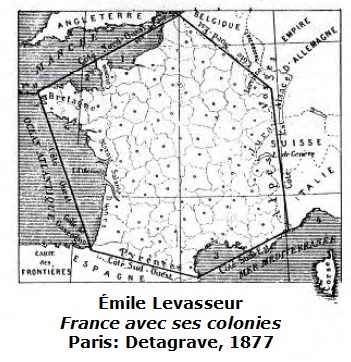

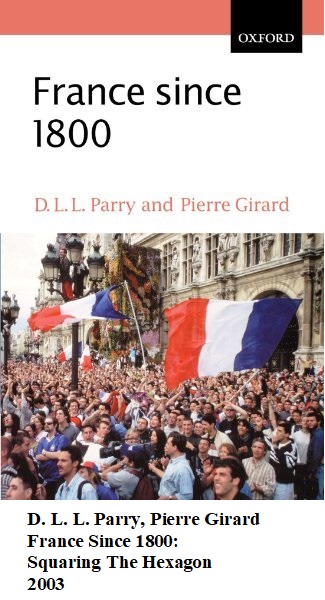

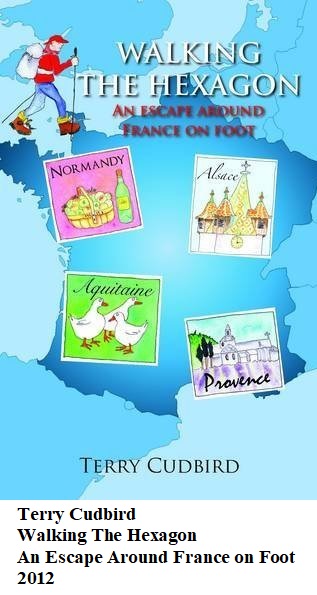
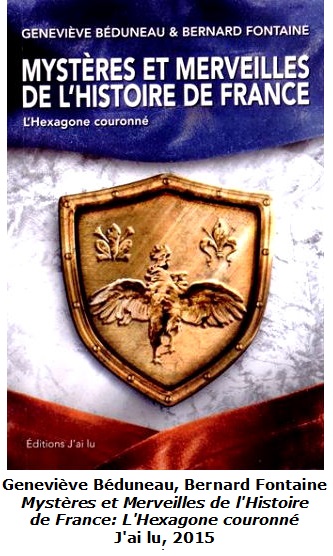
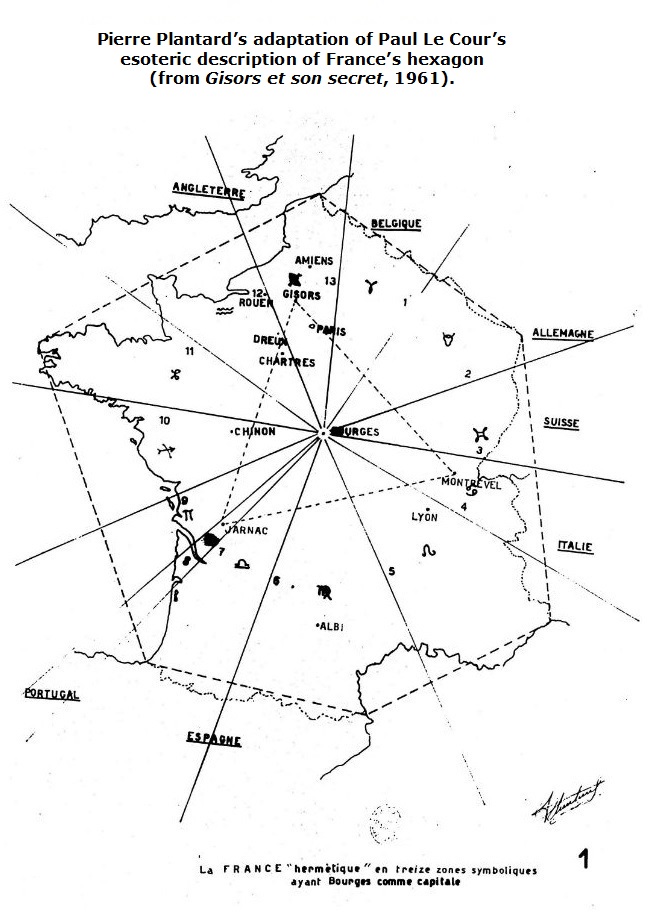

|

















